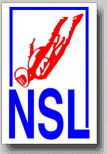
National
Skydiving
League
226 Pecan Street
Deland FL 32724
tel: (386) 801-0804
© 2003 - 2025
All Rights Reserved


226 Pecan Street
Deland FL 32724
tel: (386) 801-0804
© 2003 - 2025
All Rights Reserved

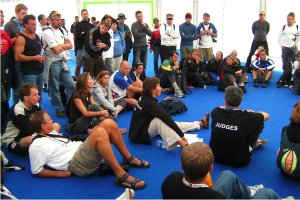
The committee’s chair, Fiona McEachern, invited the whole FS community at the open meeting of the World Meet 2008 in Maubeuge to come up with suggestions for changes in the dive pool for the upcoming two years.
The same NSL News story explained how the changes of the dive pool have actually decreased over the years and seem to have come to a point where changes may not be necessary any longer.
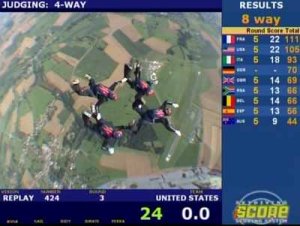
The history of the current set of rules for Formation Skydiving competition, including the dive pool, began in 1984, as the December 2 story already explained. The same story did not mention that these rules were primarily created for IPC's World Championship of Formation Skydiving and World Cup, and this has not changed to date.
However, the world of Formation Skydiving competition has changed a lot in the last 22 years, and the IPC Committee has done great work to make the necessary adjustments. There are still always new topics that need to be evaluated, as recently the freeze frame issue, judging with slower speed or event duration. The need for different formations or maneuvers in the dive pool is questionable though.
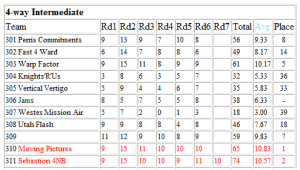
The National Skydiving League was not the first organization that introduced different competition classes with different dive pools. In fact, the first season of the Florida Skydiving League in the winter of 1996/1997 applied only IPC’s Open Class dive pool.
USPA and other national skydiving federations already had their own modified competition classes before the National Skydiving League was launched. The rules for these modified competition classes and dive pools of the early days were created nationally and not sanctioned by the IPC.
This situation has not changed ever since the introduction of the new rules for Formation Skydiving competition jumps in 1984. IPC is officially only responsible for the Open Class dive pool at the IPC sanctioned events, as the World Championship and the World Cup.


Changes of the IPC dive pool for the Open Class logically trickle down into the whole system of competition classes and have a more significant impact on the lower experienced teams and competitors. They are at a point in their competition careers where they invest a lot of time and money to learn and master the first sets of blocks and random formations. It is more difficult and challenging for them to apply any changes in the dive pool for the next season - either in the same competition class or in the next class up.
As long as teams are not competing in IPC's Open Class yet, they are always facing a big challenge for the upcoming season. They have to master eight new blocks when they move up from the Rookie Class to the A Class or from the A Class to the AA Class. Six new blocks, including the memory sequences, are waiting for AA Class teams moving up into the AAA/Open Class. This seems to be enough for a challenge for the teams in these competition classes.

However, the IPC Committee, national federations that apply additional competition classes, and competition leagues still have at least one common goal.
They want to attract newer generations of teams and competitors to the sport. The current set of four synchronized competition classes and reliable dive pools is popular and has worked well for the sport, especially on the grassroots level.
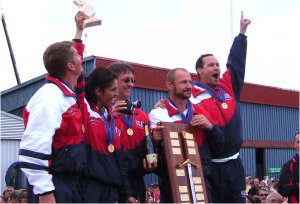
Are changes really necessary without a significant reason and just for a change? This question can only be directed to the AAA/Open Class teams and competitors who have been in the business for a while and represent a small minority of all 4-way teams.
It seems to be unlikely that experienced teams and competitors could really get bored after years with the same dive pool. The main goal for a competitive team is still to score higher and get better, and it does not seem to matter much which blocks and random formations have to be mastered on this path.

Fact is also that there has not been much discussion out in the field recently about the actual dive pool. The IPC Committee has done a great job with cleaning it up, as the NSL News story on December 2 already explained. With a good and well working dive pool, the same question seems to make more sense in reverse. How will a new block or random formation work? What risks as of judging or other issues might be taken with any changes?
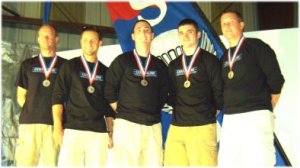
The full time teams and top competitors in the world would not be overly challenged with whatever the IPC Committee may come up with. Their skills level is so far advanced that any new maneuver or formation will be mastered quickly. Then it will become just another move. That's when the cat is very close to its tail...
The IPC Committee will have to weigh very carefully whether a longer time period without any changes of the dive pool is speaking for the quality of it, or whether there is a real need for any changes. Other issues seem to be more important to spend any time on, like freeze frame, slower judging speed and event duration.
The next IPC meeting is coming up at the beginning of 2009. Fiona McEachern can be reached directly by e-mail.